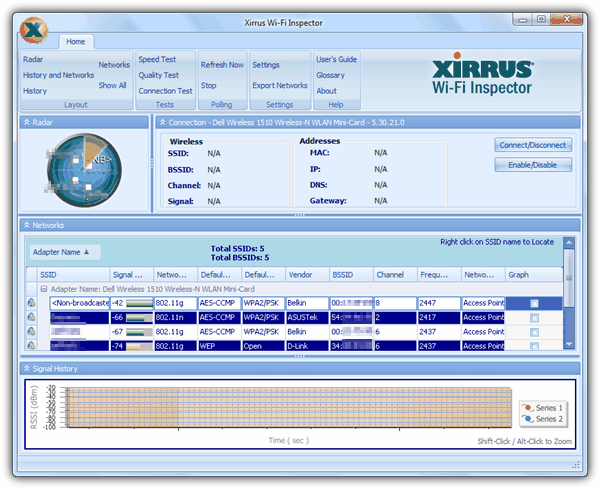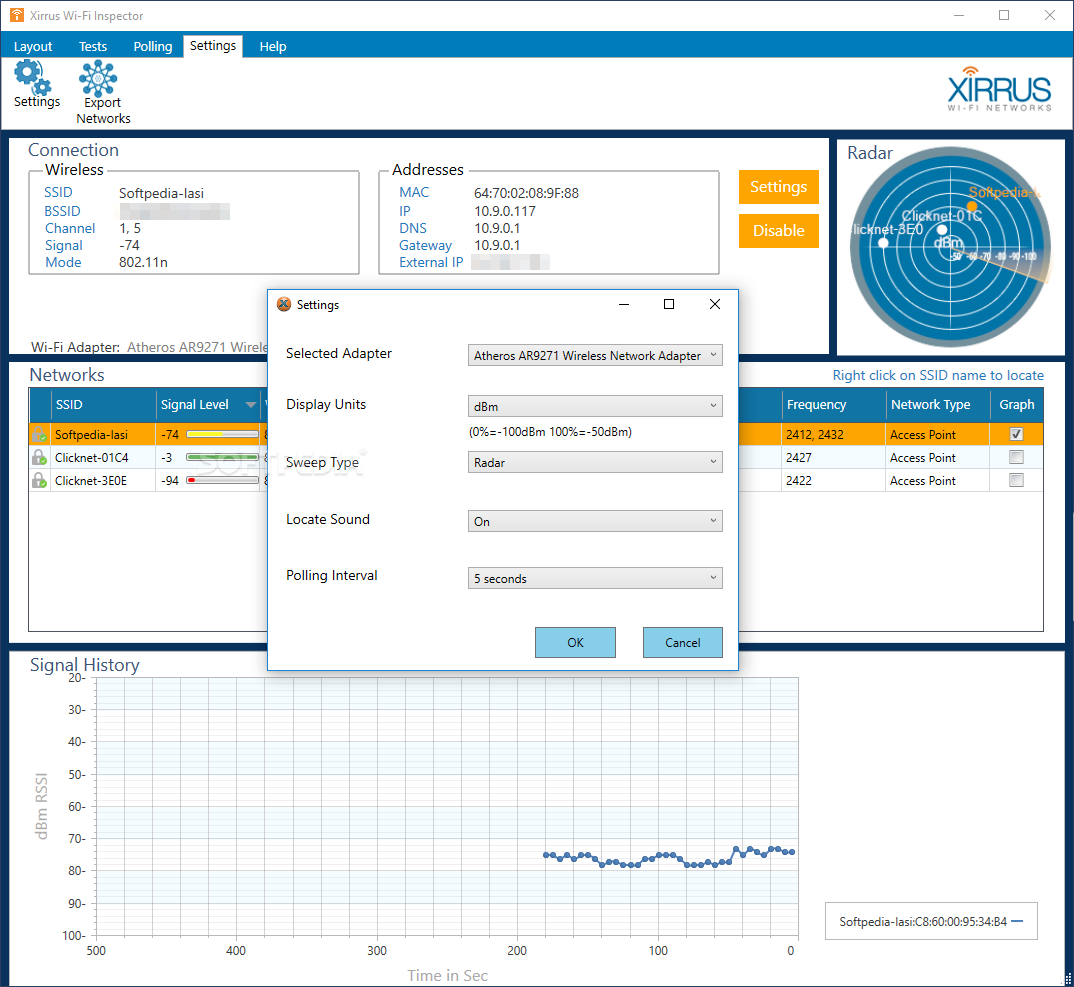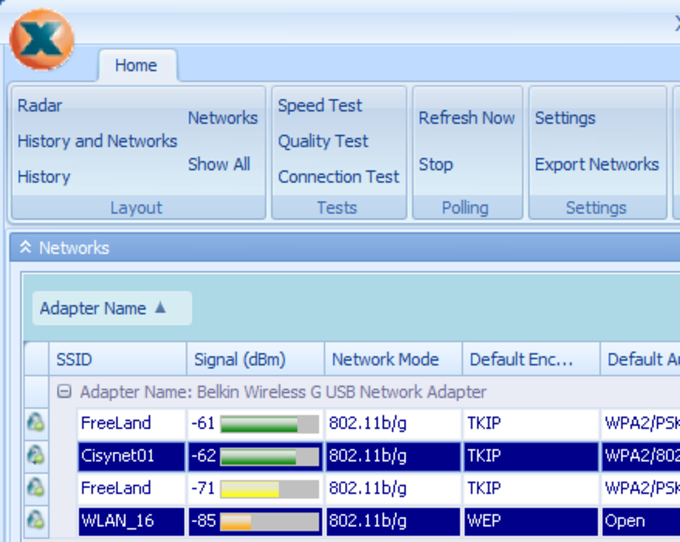
A common scheme is the Distributed Coordination Function which defines how all devices sense, or monitor, the air to see whether it’s busy before starting a transmission – much like people do when carrying on a conversation. Once joined, additional rules exist to ensure that all devices cooperatively share the medium. Critical information such as supported data rates, client identification, and access privileges are relayed between the AP and the client. For example, the open association process governs the way clients are allowed to join the network. The standard defines very specific rules for clients and APs operating in a wireless network.

All wireless devices must follow specific rules for transmitting to avoid and mitigate collisions on the medium (‘the air’). So the 11g standard data rates range from 1Mbps to 54Mbps and is backward compatible with older 11b equipment.ġ3 #3: 802.11a/b/g – Client / AP InteractionĬontention Management Clients join the network by an authentication/association process.

However there was a desire to get the same data rate increase in the 2.4GHz band, so the IEEE created the 11g standard which uses both the 11b and 11a techniques in the 2.4GHz channels. The 11a standard was defined for the 5GHz band because it allows many channels to operate simultaneously without interference. Using OFDM, the IEEE was able to push the raw data rate up to 54 Mbps. Further rate increases with that technique were deemed impractical by the IEEE, so they introduced a technique called Orthogonal Frequency Division Multiplexing, or OFDM, with the 11a standard.
#XIRRUS NETWORK INSPECTOR CODE#
11b increased the raw data rate from 2 Mbps to 11 Mbps by adding CCK, or Complementary Code Keying, as a spreading and modulation method. Operates in 2.4GHz spectrum Data Rates: 1, 2, 5.5, 11Mbps 802.11a Operates in 5GHz spectrum Data Rates: 6, 9, 12, 18, 24, 36, 48, 54Mbps 802.11g Ratified in 2003 Data Rates: 1, 2, 5.5, 11, 6, 9, 12, 18, 24, 36, 48, 54Mbps Backward compatible with b Each of the additions to the standard brought data rate increases and subsequently higher overall throughput. Recommendations Gain is good: use high gain antenna systems Receiver sensitivity is important Use better radio chipsets if possible Design coverage for signal strengths of at least -70dBm or better SNR of at least 20dB is desired = 36Mbps or better data rates Use multiple radios to provide capacity for larger spaces High Gain Sectored Antennas Radio Modules Array Controller + Wireless Switchġ1 Part A: Wi-Fi Basics. Range versus Capacity The greater the coverage area… …the more wireless stations can be covered …the less bandwidth available to each user …the lower data rates will be at the edge …the more likely the chances of “hidden nodes” 9 9 Indicates how much useable signal is available Higher data rates require higher SNR values Range Enhancers Additional transmit power Better antenna gain Better receiver sensitivity Note Gain is additive to both ends of the linkįundamentals RF Power is measured in dBm 0dBm = 1 milliwatt of power +10dB = 10 times the power 20dBm = 100milliwatts of power (FCC limit) -3dBm = ½ of a milliwatt of power Signal Power Dissipation Inverse of the square of the distance Signal Strength Expected power at receiver RSSI = Receive Signal Strength Indicator (dBm) Path Loss Expected Signal Loss between Two Receivers Link Budget TX Power + TX Antenna Gain – Path Loss + RX Antenna Gain = Expected Useable Signal at ReceiverĨ #2: The RF Link – SNR Signal to Noise Ratio (SNR) Range Inhibitors Multi-path Interference Attenuation Transmission Basics Range Operating distance between two radios that wish to communicate Access Point to Station Station to Station Coverage Total area wherein radios can maintain connection to Access Point


Transmission Basics Radio Waves Travel at speed of light Radios tune to specific frequency Data is modulated and encoded Basic Radio Card Components Antenna Amplifiers (Transmit and Receive) Radio Baseband (converts analog waves to digital “bits” ) Part A: Wi-Fi Basics #1: RF Basics #2: Wi-Fi Standards #3: Wi-Fi Security #4: Wi-Fi Futures 3 3 1 Xirrus Training Wi-Fi Basics Hans Van DammeĢ Part A: Wi-Fi Basics.


 0 kommentar(er)
0 kommentar(er)
